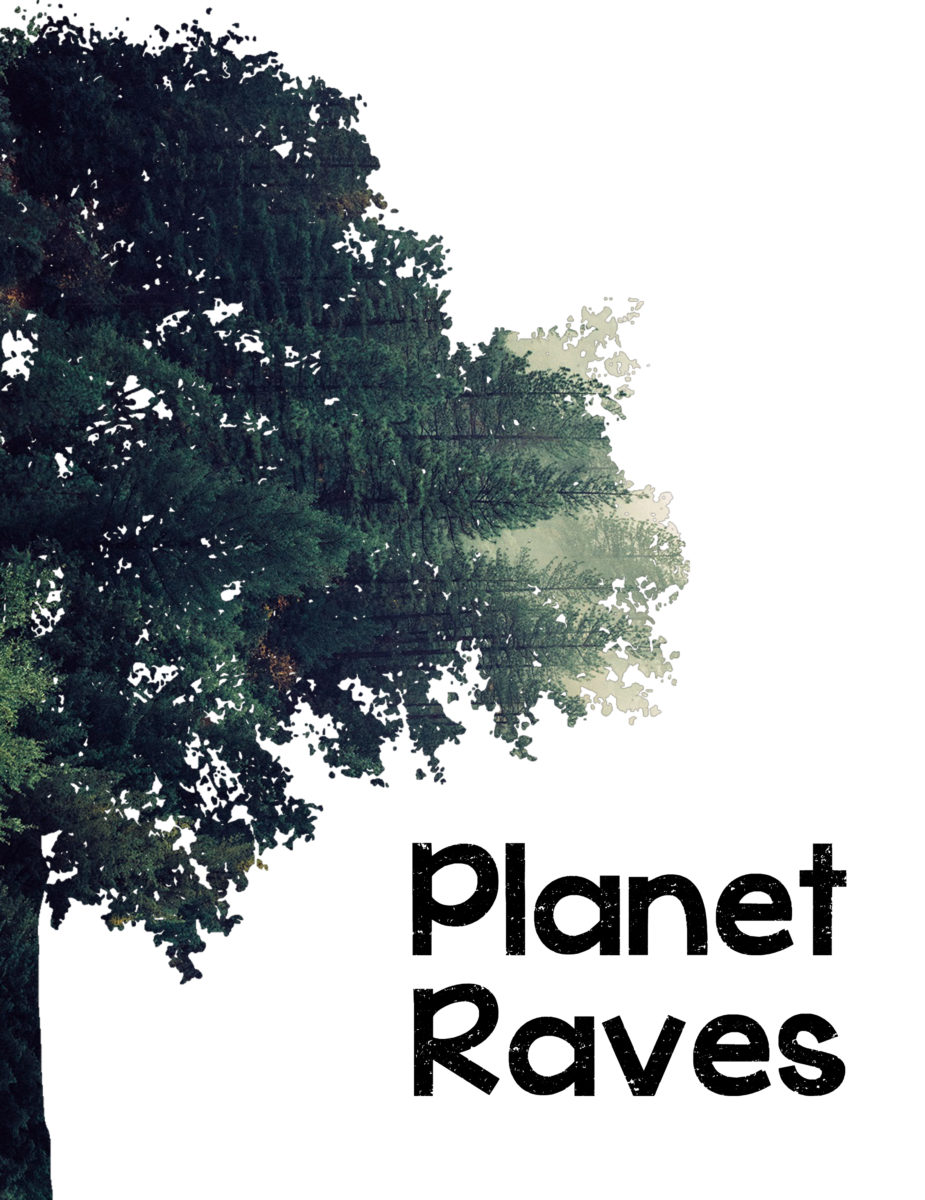While reading The Omnivore’s Dilemma by Michael Pollan, I learned some disturbing things about the North American industrial food system, where high-yielding corn crops have become the ruler of the fields.
It was crazy to read how crops are processed into many different molecules which find their way into staple American food such as cereals, carbonated drinks and even indirectly, meat. The part that made me especially sick to my stomach was the fact that to maintain the most profit and not lose a single bit of the crop, animals such as cows, that don’t typically eat corn, are forced to eat it in concentrated animal feeding operations (CAFOS). These animals are kept from their natural habitat and put into metal boxes where they are force-fed until they are slaughtered for our pleasure.
These animals also have to endure painful stomach diseases that arise due to their unnatural corn diet, like bloating, rumenitis and liver disease which weaken their immune system. This leads to further bacterial infections that, when left untreated, can make its way into our stomachs when we eat the contaminated meat.
I don’t understand how this has not been recognized by animal cruelty organizations. I understand people like the taste of meat and by feeding the animals corn, they are fattened up quicker to produce meat faster. But the way they treat these animals is inhumane. Just because they’re cattle and maybe not as cute as, say, a kitten, they still deserve to be treated with respect and have a decent life before being slaughtered for food.
Something else that bothered me was North American diets, including my own considering I now live here, are in some way based around corn. Aside from the fact cows are being fed corn, a lot of packaged foods are made with some form of corn derivative. For example, high-fructose corn syrup is in basically every packaged dessert you can think of, like Pop Tarts and Twinkies. And fast food is no exception. I’m scared to think every time I eat a Chicken McNugget, I’m eating more corn than when I’m actually eating a cob of corn.
How did we end up consuming corn in every meal? Why are no dietitians speaking about this issue? I’m very sure eating from only one crop is not good for our health, especially considering that it’s not plain corn but it’s scientifically separated molecules.
This sort of agriculture really impacted me because back home in Ecuador much of our agriculture is not handled on such a massive scale. A lot of our agriculture is still based around cultivating the products and having diversity on farms. Sadly, in the last couple of years, we have seen a growth in industrial production plants. However, I don’t believe it has reached the massive level North America has.
Our cows are still fed with grass and live relatively good lives. In my mind that is also one of the reasons meat tastes better in Ecuador, (or so I’ve been told since I personally don’t eat beef), because the cows are not force-fed corn. At a farm in Ecuador, you will find at least three types of vegetables and fruits. For example, my friend’s farm cultivates bananas, cacao and mangoes and due to the huge cost of artificial fertilizers, some farmers still use their cattle’s waste as their fertilizer. Of course our agriculture system is not perfect, since bigger factories and farms have been established in recent years which do use monocultures and spray fertilizers and insecticides on their plants. But I do think Ecuador’s agriculture is still more sustainable than the United States’ and Canada’s.
My worry is, how do we get North America to turn to a more sustainable form of agriculture when their society is so focused on profits? How can we change a model that is mostly accepted by all and has been sustained for over 50 years?
Planet Raves is The Aquinian’s environmental column featuring reflections from students in environmental studies classes.

